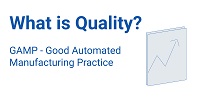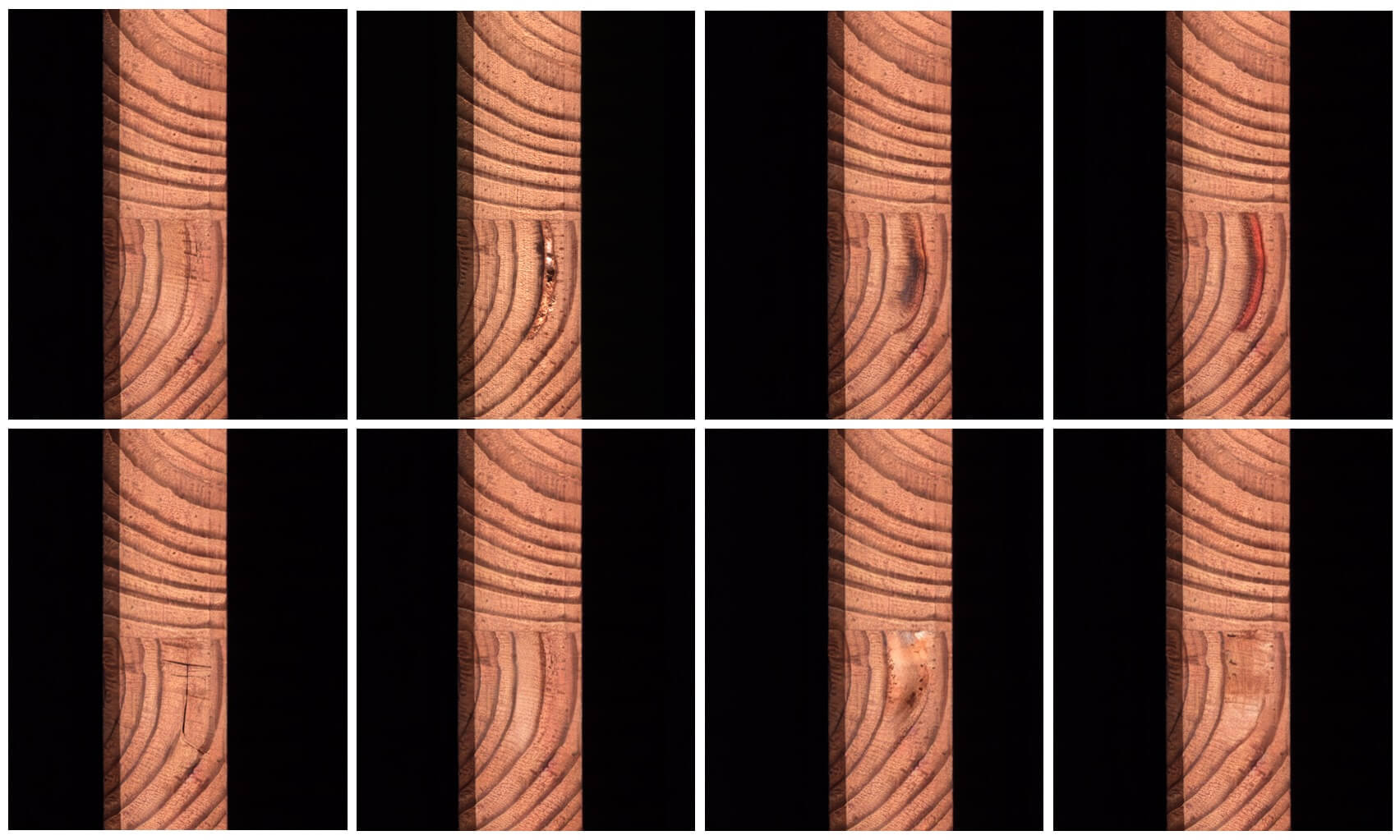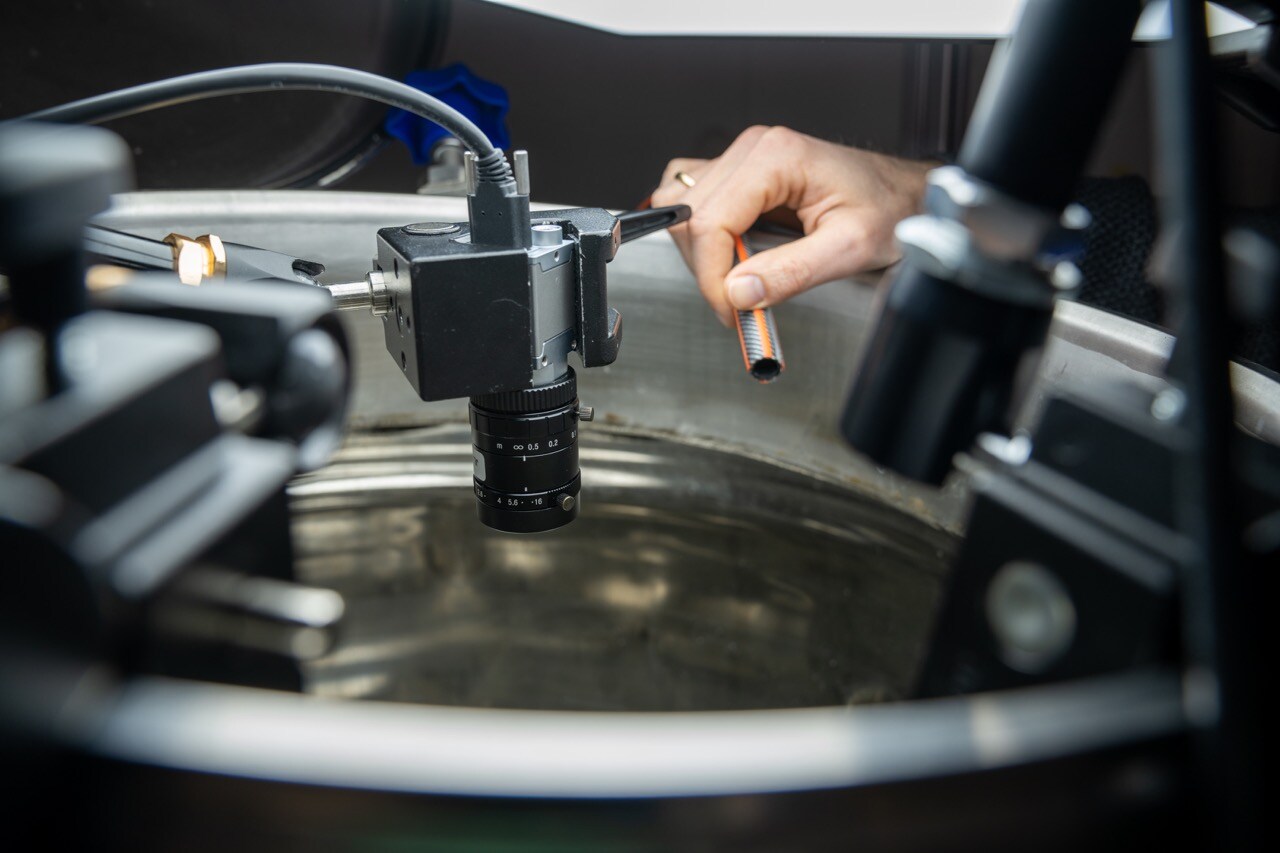What is quality?
A modern definition of quality ….This definition basically says that quality is "meeting or exceeding customer expectations." Customer's definition of quality is the only one that matters ...
For standard products it’s easier to define the specific quality, and the customer can test or try before he decides to invest. He can check if his expectations are met.
It is more complex when the product is a custom-made system – just for that specific customer.
When you talk about custom-made systems, there will be software and hardware just made for that specific project. Which means it hasn’t been running on other systems before, and could potential have flaws, software bugs or mechanical problems, that will show when the system is put in action. It could also include a user interface, that is too difficult to use or even possible to use wrongly. How can the expectations of the customer been met, when you don’t know exactly what or how the system should look like?
To secure a controlled and effective project development that will lead to a system that fulfills the customer expectations, you could implement a quality management system. It is guide lines and rules that helps you to go through needed steps to clarify what is important for the customer, and what is important for the engineers to deliver a system that fulfills the expectations.
There are several standard quality systems that can be used. Very often a company build its own quality system, based on standards, that fits their needs.
The JLI Quality System relates to the full range of company activities in order to fulfil the quality requirements of our customers and is based on Good automated manufacturing practice (GAMP)
JLI's quality policy is based upon these statements:
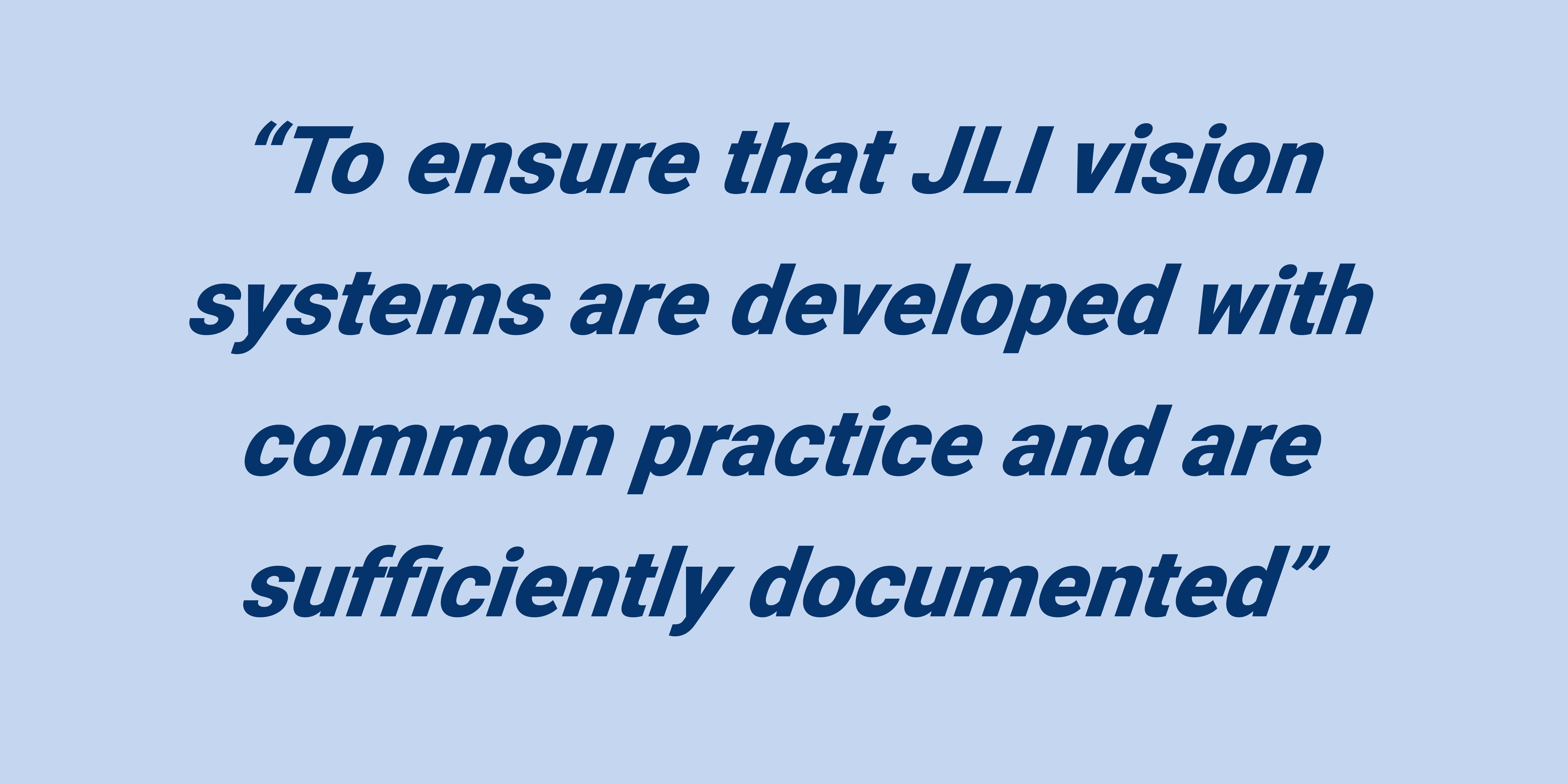
&
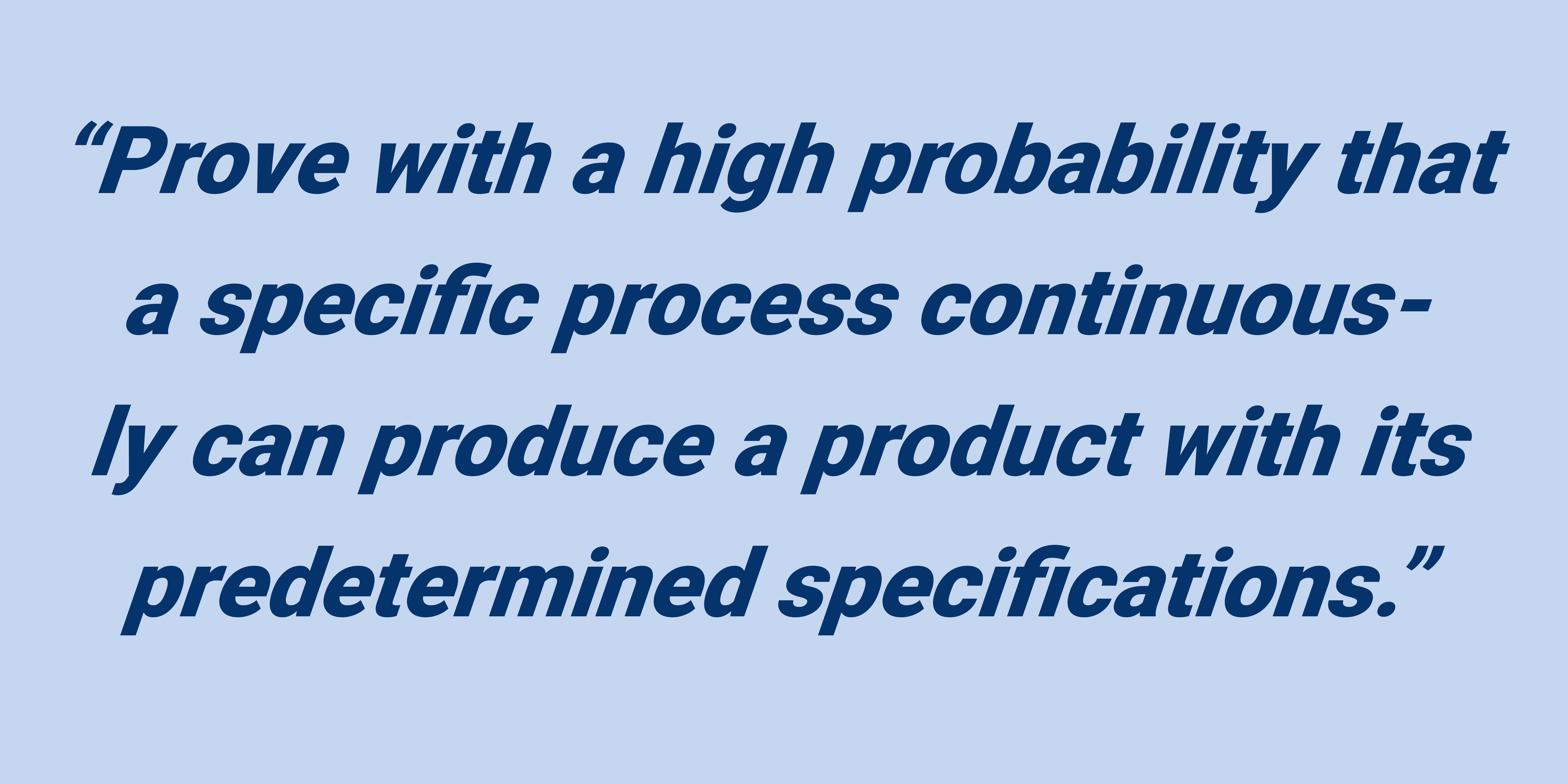
These two statements are the source/basics in developing vision systems at JLI.
Focus is also on:
- Reducing costs in the long run via efficiency improvements
- Developing a common ground for internal development of our vision systems, and determining a common terminology and language
- Ensuring that our vision systems can be delivered on time, within budget and at the agreed quality
- Standardizing documentation
- Maintaining the quality management system
The JLI Quality System is covering the full range of company activities involved making a custom-made machine vision system. We will just look at some of the areas.
Requirement specification (URS)
The JLI requirement specification can occur alone or in some cases as a supplement to the customer's own requirement specification and in this case, it must include JLI's requirements for the customer's equipment / presentation of items etc. The requirement specification is intended to describe in clear and precise terms what the provided system can. This is very crucial and important to spent enough time, to secure that the engineers and the customer are aligned.
Quality Activity Plan (QAP)
Defines the project organization and the activities that must be carried out during the project, and possibly which persons are involved.
The QAP describes how we meet the requirements / wishes that the customer has to quality in the development of a system.
Project organization
Every project has an administrative and technical project leader, and a sparring partner for the technical project leader. Any project can also use a number of specialists from the rest of the company – mainly machine vision engineers.
Project Phases
A JLI project can be divided into phases. These phases are based on the GAMP's (version 5) life cycle model, and modified for development of JLI vision systems. The phases cover:
- Planning
- Design
- Construction
- Test
- Operation & maintenance
Not all phases are necessarily reviewed in all projects. Which documents that must be prepared in connection with the project will be described in the Quality plan (QAP). Also note that some of the phases may be iterative as the project progresses and more information about the project becomes available.
Review Rules
A review must primarily ensure that all the quality rules are met. This is done by a formal review called by the administrative project manager to lead. A review is requested for completion of a phase. At the review meeting, a checklist for the corresponding review is reviewed. In the event of deviations / deficiencies / changes, it is generally the responsibility of the Technical Project Leader to take action on these points. A new follow-up review can be made on the defects / changes.
Training and Education
For JLI it’s very important that all project engineers and managers are trained continuously to full fill the demands of our quality system. This is done through external or internal training courses and through internal audits.
Internal Audits
Internal audits are performed with regular intervals on all medical projects, and on some non-medical projects. The quality responsible is in charge of planning, carrying out and follow up on internal audits. Technical and administrative project leaders are required to be present during internal audits. The purpose of all audits is to ensure that the quality of all JLI deliverables meets the agreed standards.
Project Evaluation
To continuously improve the JLI project management, the involved engineers and project leaders are having a project evaluation meeting when a project is finished. Our experiences will be incorporated in new processes and projects.
There are several other important areas as software development – how to write a good code, guidelines for testing, Lifecycle management, design specifications etc.
At JLI we are focused on delivering machine vision systems at a high level of quality. We only use well known suppliers with the same high standards as JLI, and we are constantly searching for the optimal products that fits the purpose.
JLI – Eye for Quality
